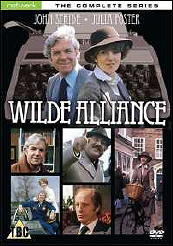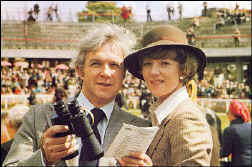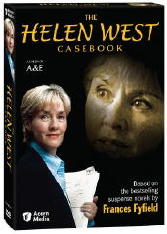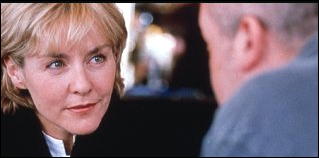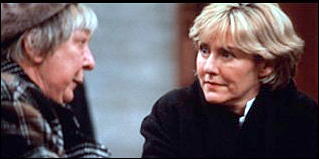Wed 24 Feb 2010
A TV Review by Mike Tooney: KRAFT SUSPENSE THEATRE “That Time in Havana.”
Posted by Steve under Reviews , TV mysteries[8] Comments
“That Time in Havana.” An episode of Kraft Suspense Theatre (Season 2, Episode 14). First air date: 11 February 1965. Steve Forrest, Dana Wynter, Victor Jory, Frank Silvera, Val Avery. Teleplay: William Wood. Story: Irving Gaynor Neiman. Director: Alex March.
It’s been six years since Castro’s revolution took over Cuba. An American woman, Anne Palmer (Dana Wynter), has come to Havana to plead for her husband, who has been imprisoned for being a spy against Fidel. But El Jefe won’t see her, and she’s forced to deal with a lower-level functionary, Colonel Velasquez (Val Avery), who seems only to want to molest her. She gets nowhere.
Until she meets Mike Taggart (Steve Forrest), a journalist; with him she’s able to turn up some unpleasant facts about her husband, including that million dollars her husband was trying to retrieve for the Mob when he was arrested. It seems Anne didn’t know the man she married as well as she thought she did…
Despite the title, “That Time in Havana” isn’t a light-hearted caper film, although it could have been played that way, from which it would have greatly benefited. It mostly reminds me of two Humphrey Bogart films: Casablanca (1942) and To Have and Have Not (1944).
In both of those, Bogie spends a lot of time being — or pretending to be — uninvolved with the political turmoil swirling around him; similarly, Dana Wynter’s character cares only about her husband’s plight and is indifferent to politics until she has to make a decision near the end of the story that has political ramifications.
He-man actor Steve Forrest has had a long career. Criminous credits include: Phantom of the Rue Morgue (1954), Rogue Cop (1954), three episodes of The Name of the Game (1969-70), four episodes of Gunsmoke, 36 episodes of S.W.A.T. (1975-76), 15 episodes of Dallas (1986), five appearances on Murder, She Wrote, and 3 on Team Knight Rider (1997-98).
Dana Wynter has the distinction of appearing in one episode of the Colonel March of Scotland Yard TV series (1956, under her German birth name, Dagmar Wynter), the sci-fi thriller Invasion of the Body Snatchers (1956), The List of Adrian Messenger (1963), one episode of The Wild Wild West (1966), a regular role in the nearly-forgotten spy series The Man Who Never Was (18 episodes, 1966-67), five episodes of The F.B.I., three appearances on Cannon (1973-75), and as Mrs. Ironside in the TV movie The Return of Ironside(1993).
